
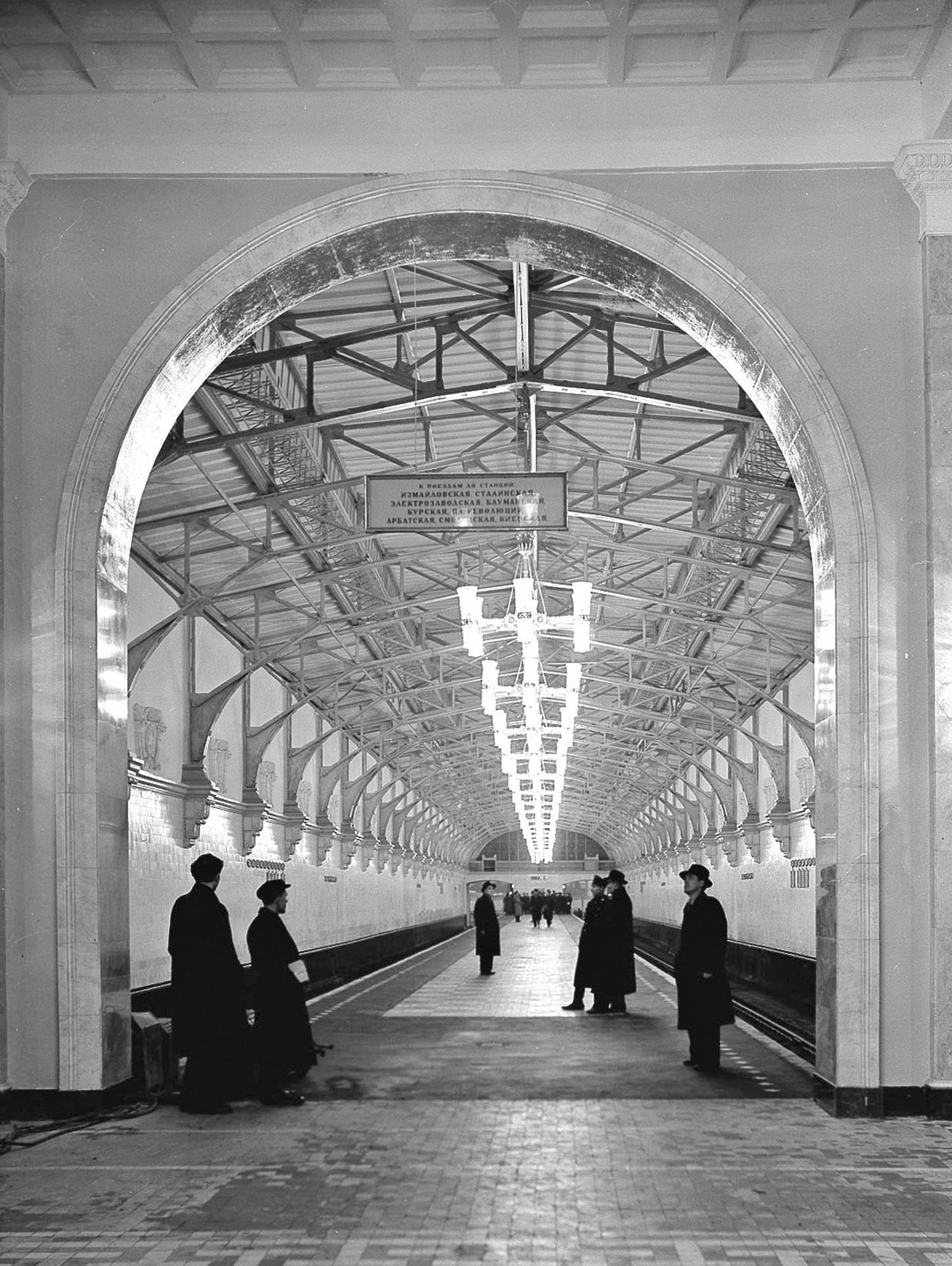
The old "Pervomayskaya" platform, view from the entrance
V. Kunov, M. Kharlampiev/TASS/pastvu.comThe old ‘Pervomayskaya’ was opened in 1954 – it was then the terminal eastern station on the Arbatsko-Pokrovskaya (Dark Blue) line, the first aboveground station of the Moscow Metro and its easternmost station.
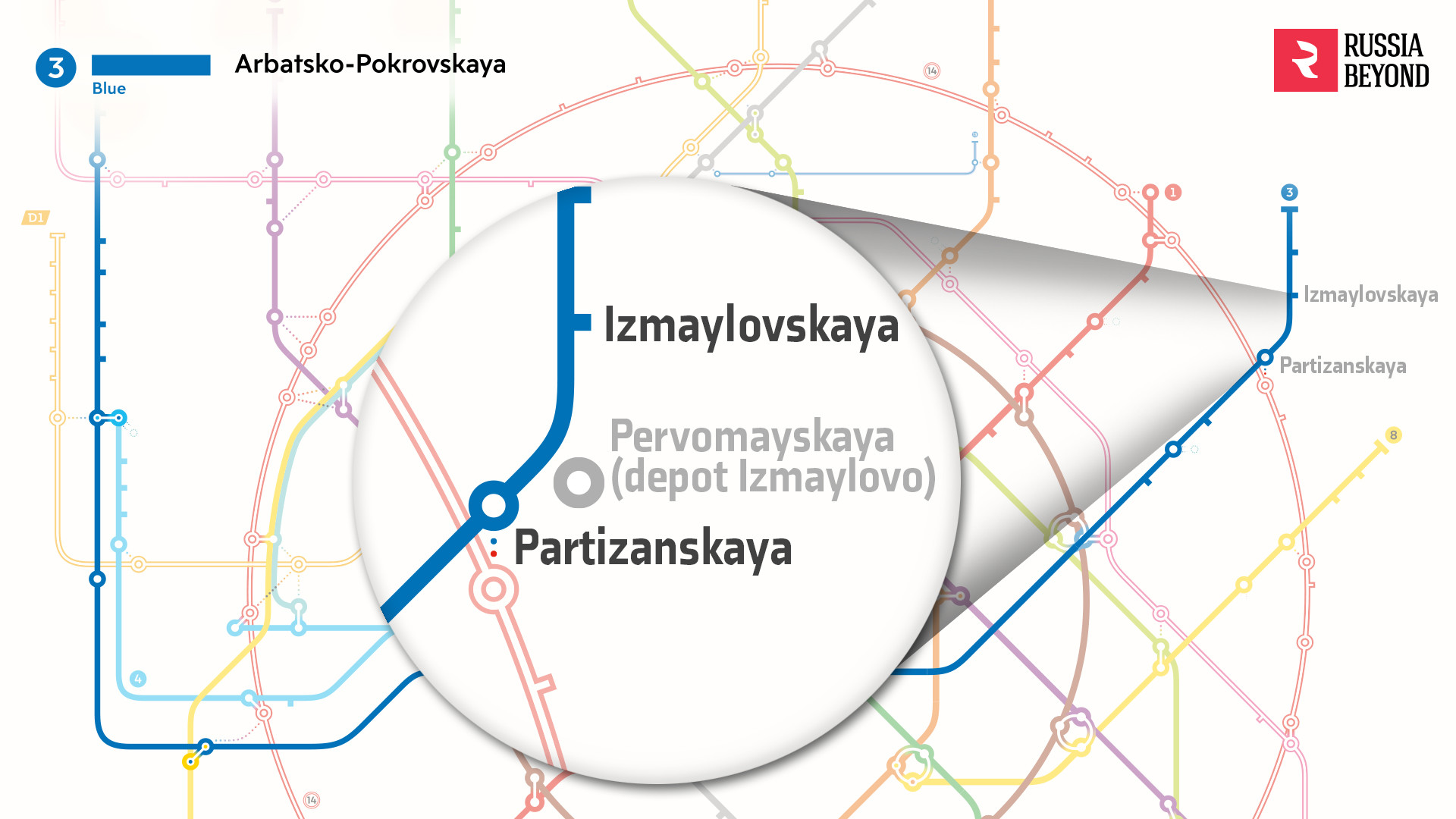

People exiting the train at the old "Pervomayskaya" platform
pastvu.comBut, in 1961, the decision was made to extend the Arbatsko-Pokrovskaya line further with two new stations – ‘Izmailovskaya’ and ‘Pervomayskaya’ (a new one) to be built.
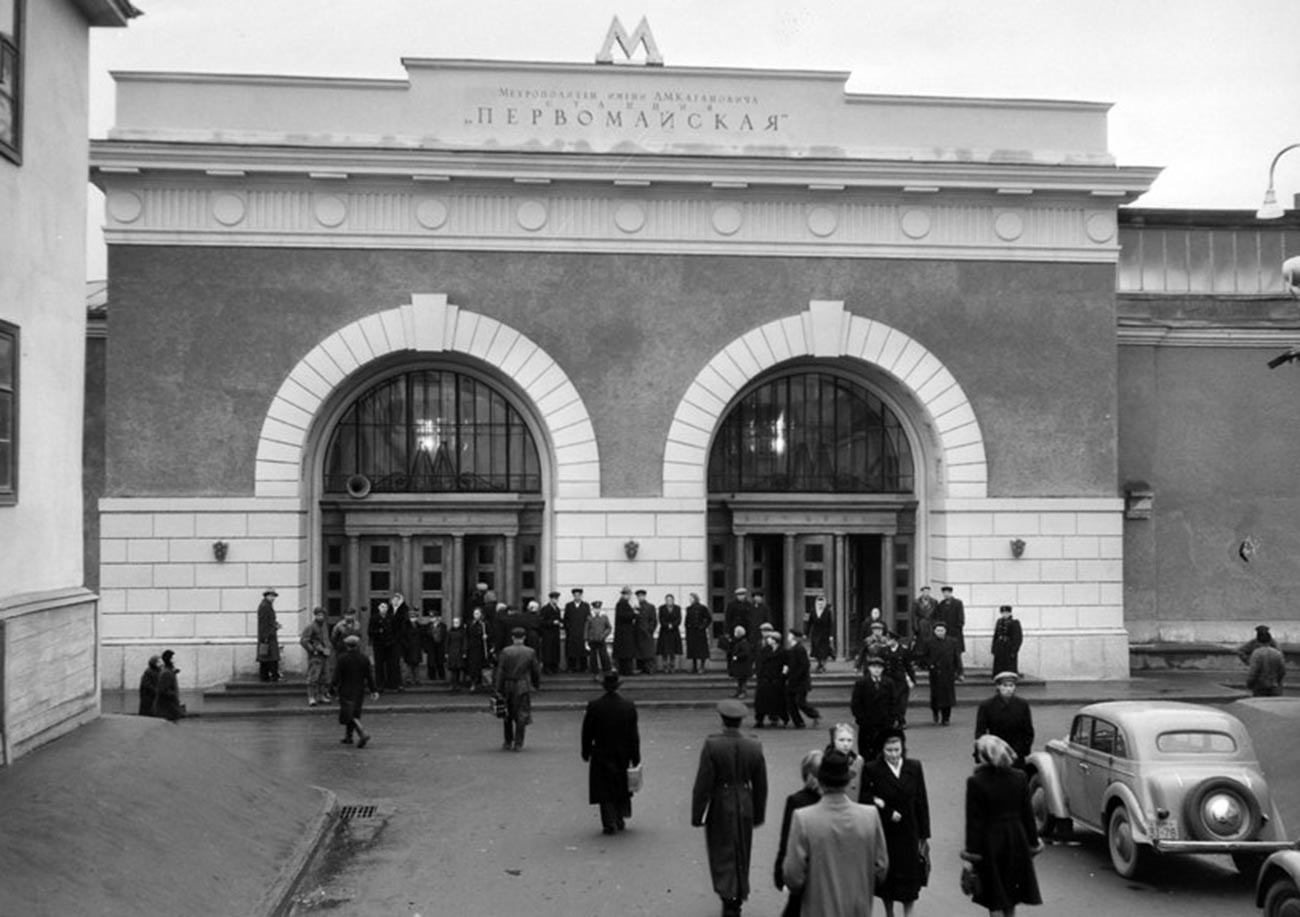
The entrance to the old "Pervomayskaya" during its operation in 1954-1961
Guaglione/pastvu.comSo the old ‘Pervomayskaya’ was closed and transformed into a part of the train depot that you can see while traveling in between ‘Partizanskaya’ to ‘Izmaylovskaya’.

The hall of the old "Pervomayskaya" today, as the "Izmaylovo" train depot
Yevgeniy Biyatov/SputnikInside the depot, the original walls of the station, designed in the ‘Stalinist Empire’ style, are still intact. The former station’s entrance hall is now used as the depot’s conference hall. The station’s entrance can also still be seen behind the garages.
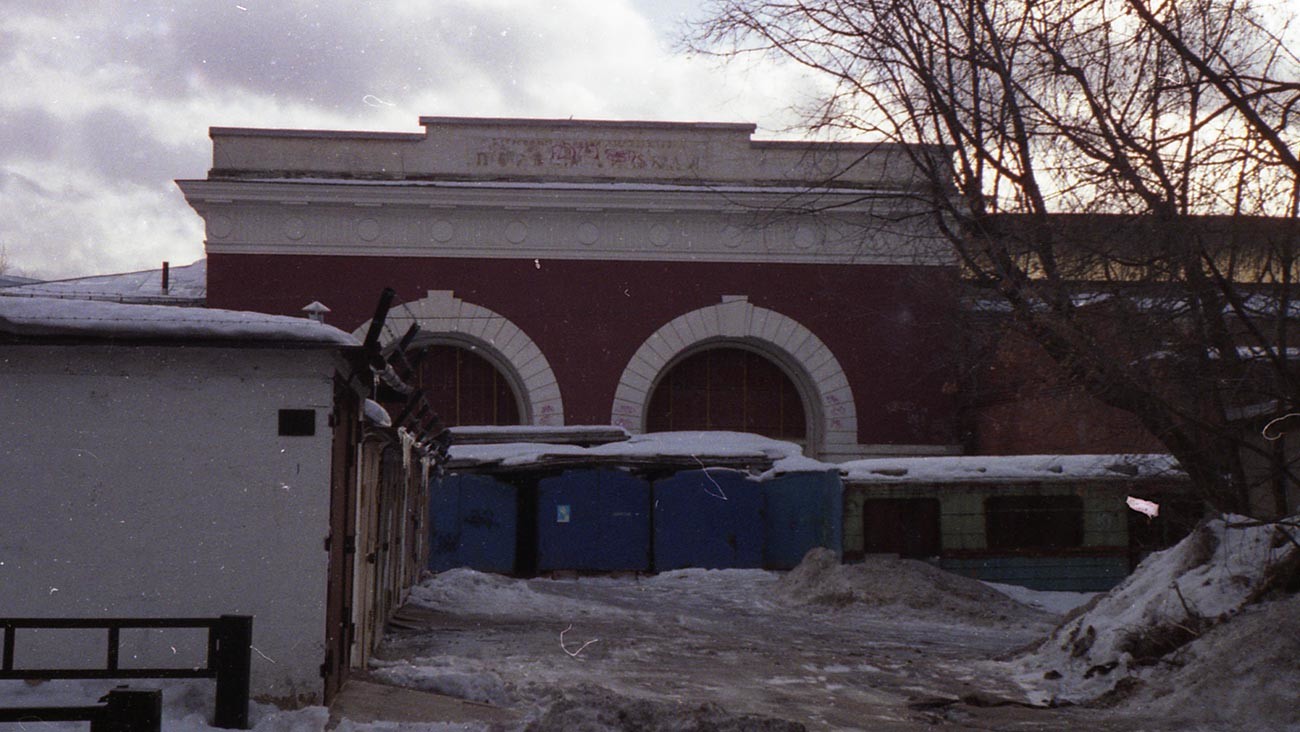
The entrance to the old "Pervomayskaya" today.
Artem Svetlov (CC BY 2.0)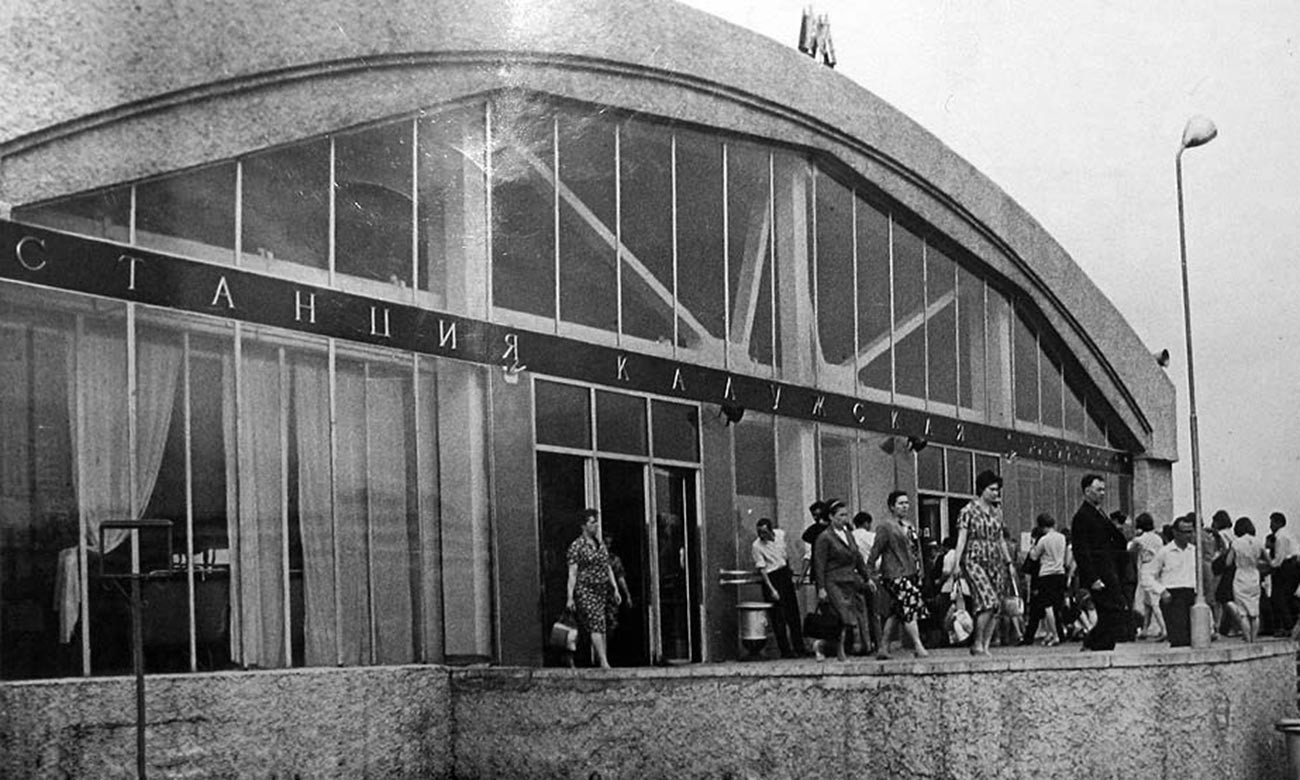
The old "Kaluzhskaya" entrance during its operation in 1964-1974
Sviblovo Electric Depot Photography ArchiveBetween 1964-1974, the old ‘Kaluzhskaya’ station was the terminal southern stop on the Kaluzhsko–Rizhskaya (Orange) line. It was (and still is) an aboveground station.
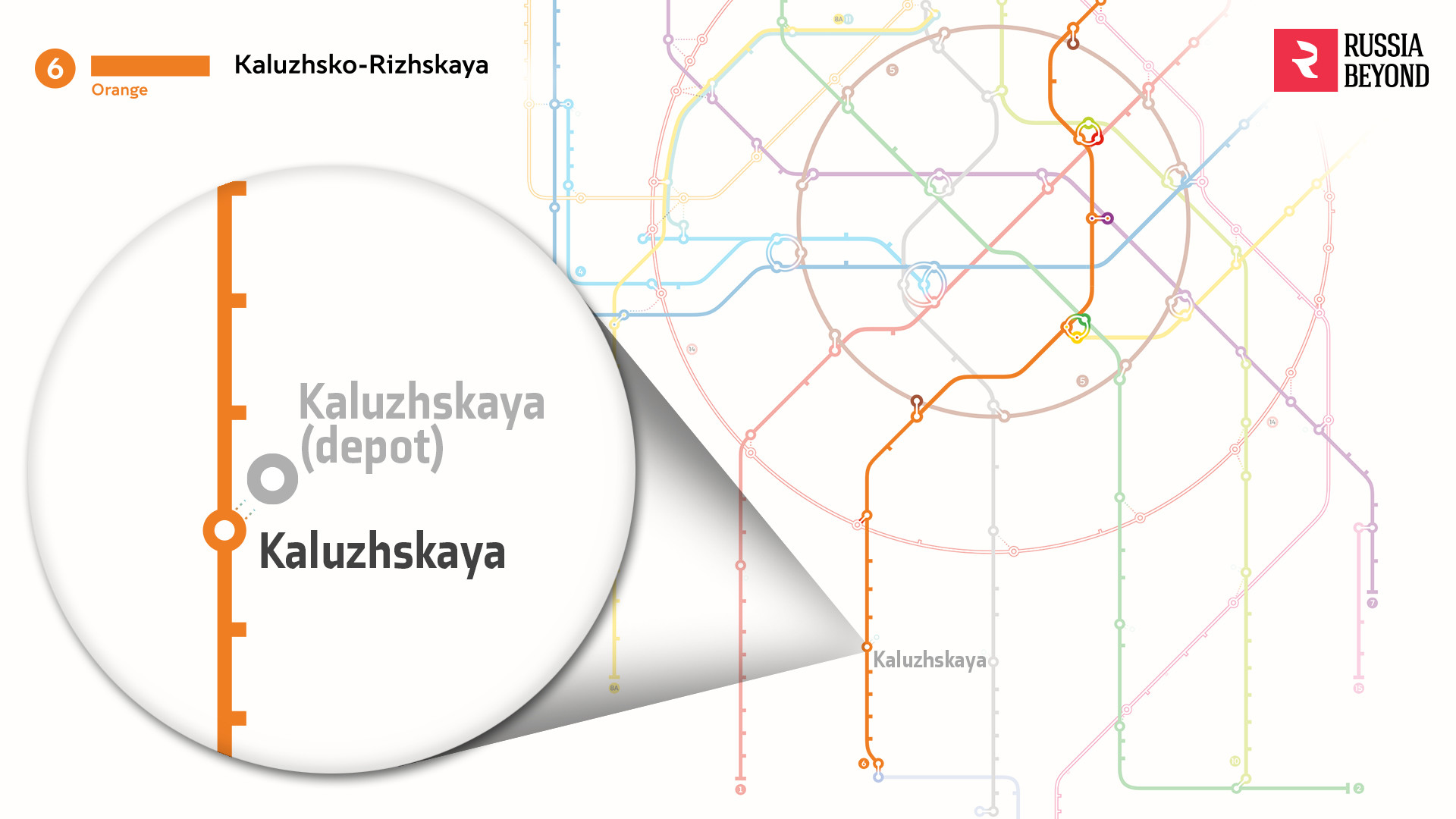

People on the platform of the old "Kaluzhskaya"
A. N. Krutov/pastvu.comWhen the line was extended southward in 1974, a new ‘Kaluzhskaya’ station was built underground nearby (the one currently in operation), while the old one was transformed into a train depot.
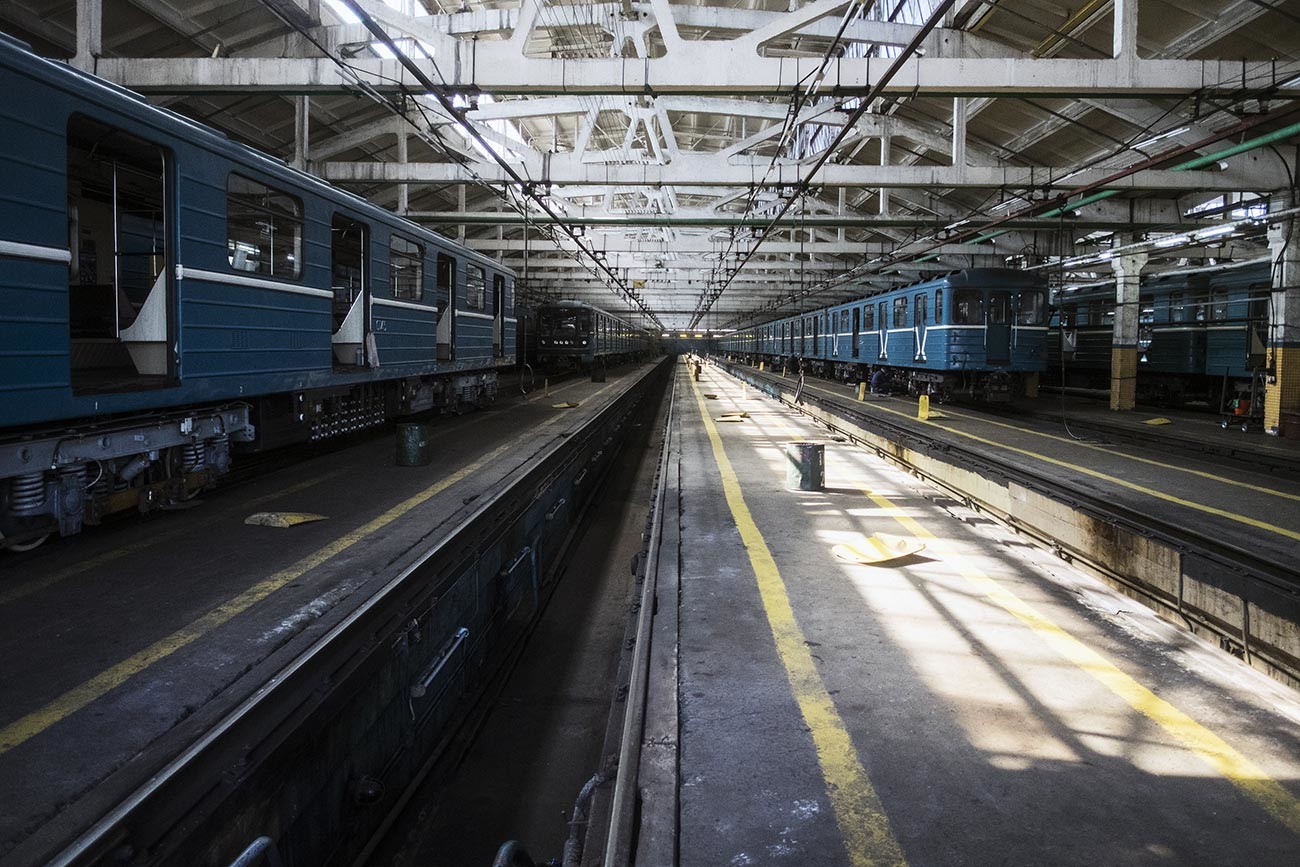
The old "Kaluzhskaya" now, as a depot
Vladimir Pesnya/SputnikThe depot building was later expanded eastward; one of the former platform tracks has been removed, the other houses trains at night, and the platform is used as a storage room.
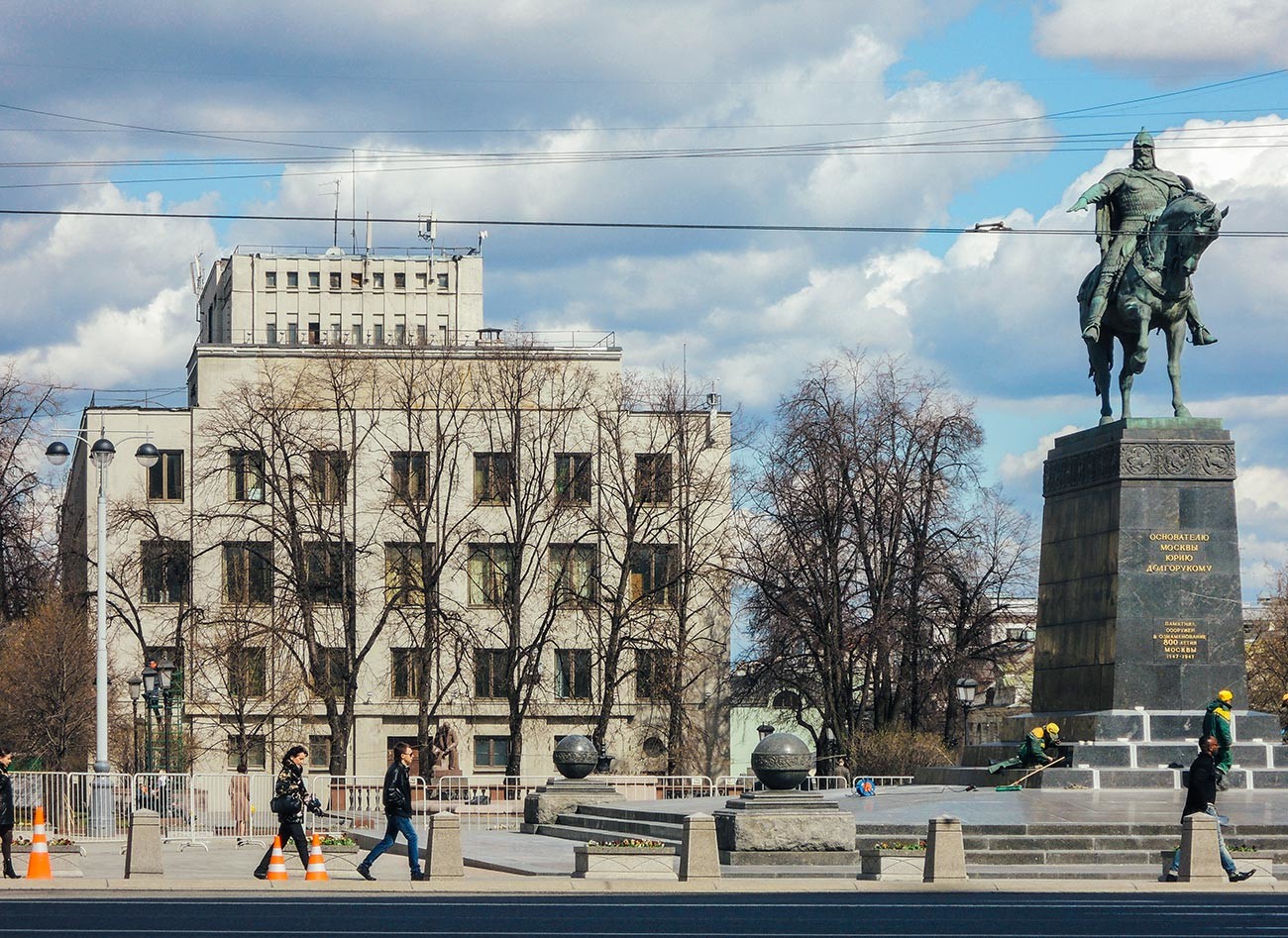
Tverskaya square in Moscow. Underneath it, the "Sovetskaya" bunker is located.
Shakko (CC BY-SA 3.0)This station was to be located under Tverskaya Square, which was named Sovetskaya in Soviet times. However, in 1934, a decision was made to organize an underground defense bunker there instead.
On the square, important institutions are located. The main of them was the house of the city administration of Moscow (‘Mossovet’) at Tverskaya 13 (now, the main office for the Mayor of Moscow). And on the opposite side of the square stood the Vladimir Lenin institute with its high-secrecy archive.

Both of these buildings needed safe underground exits and bomb shelters, so the ‘Sovetskaya’ bunker came in very handy. It also contained the underground headquarters of the Civil Defence system of Moscow. The classified installation is believed to be in full operation to this day.
After the decision was taken to make ‘Sovetskaya’ a bunker, there was still no metro station on the 2-kilometer stretch between the Teatralnaya and Mayakovskaya stations. Only in 1979, the Tverskaya station (then, Gorkovskaya) appeared.
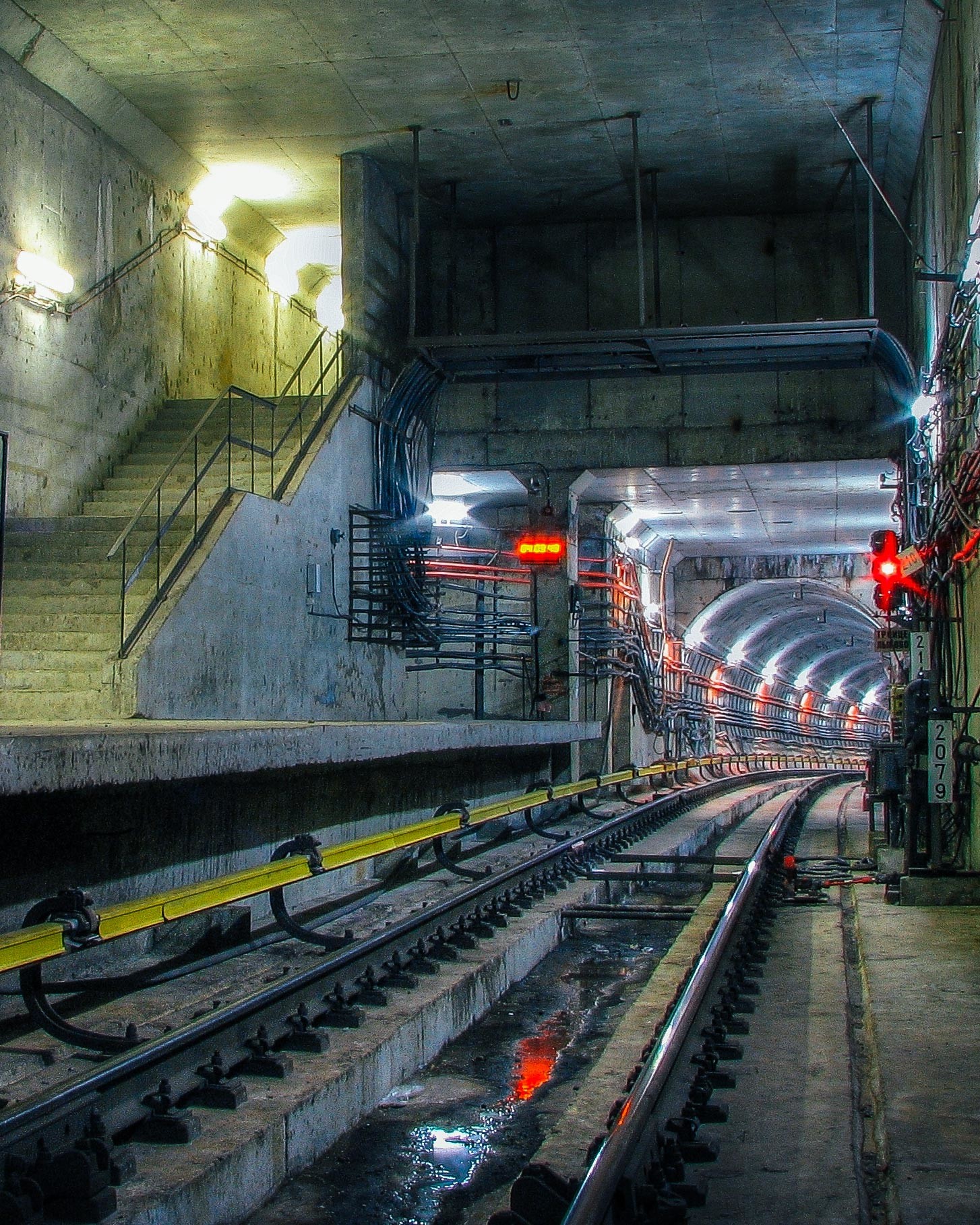
"Troitse-Lykovo," the 26-meter platform with a stairway exit
Zemelya (CC BY 3.0)The shortest platform of the Moscow Metro (just 26 meters), the Troitse-Lykovo was meant to be a fully functional station on the stretch between ‘Krylatskoye’ and ‘Strogino’ stations of the Arbatsko-Pokrovskaya (Dark Blue) line, currently the longest stretch on the Moscow Metro (over 6 km).
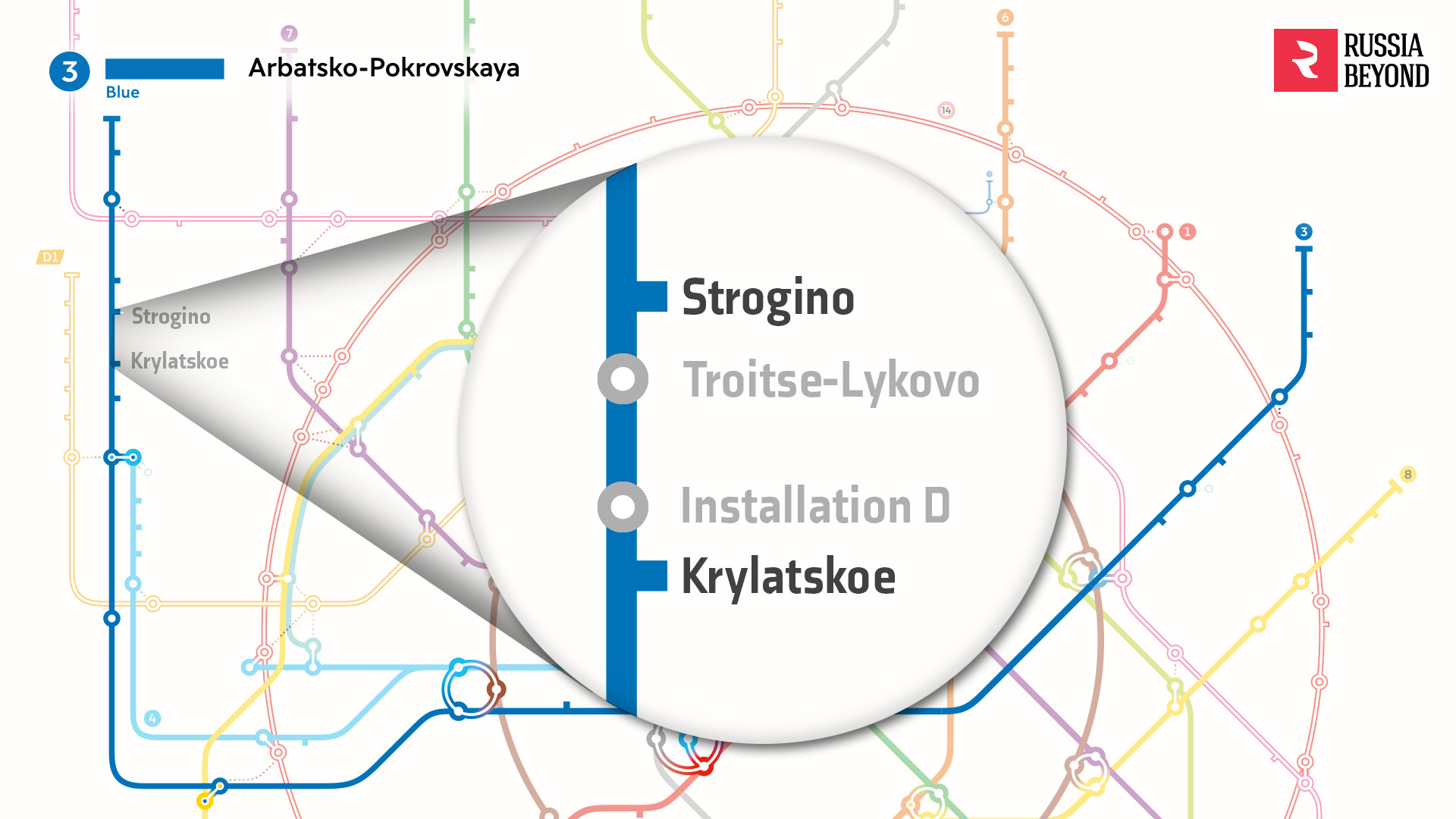
Initially, space for a 200-meter passenger platform had been allocated underground. But in 2008, during the construction of the station, the village of Troitse-Lykovo (that gives the name to the station) was recognized as a historic landmark, so the plans to complete construction of the station were put to a halt.
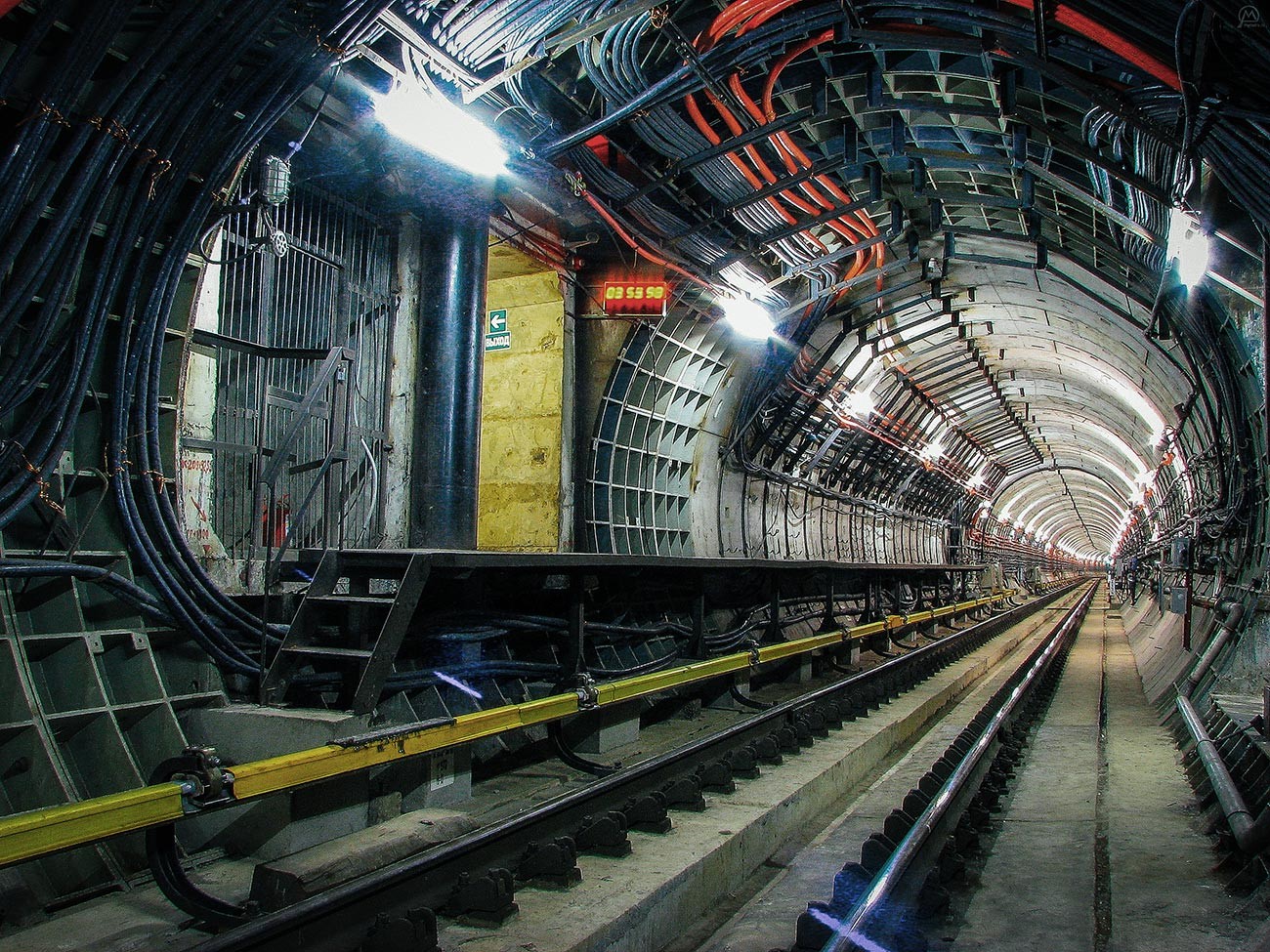
"Troitse-Lykovo," the second platform
Zemelya (CC BY 3.0)Currently, the Troitse-Lykovo station serves purely technical functions. It still has an emergency shaft exit aboveground.

The platform of "Installation D"
Zemelya/forum.nashtransport.ruAnother technical stop on the Arbatsko-Pokrovskaya (Dark Blue) line, the ‘Installation D’ was never meant to be a station, just an emergency exit stop. As the length of the ‘Krylatskoye-Strogino’ stretch is over 6 kilometers, the safety norms require another emergency exit (besides Troitse-Lykovo) to exist along the line, in case of critical situations – for the evacuation of passengers and/or train crews.
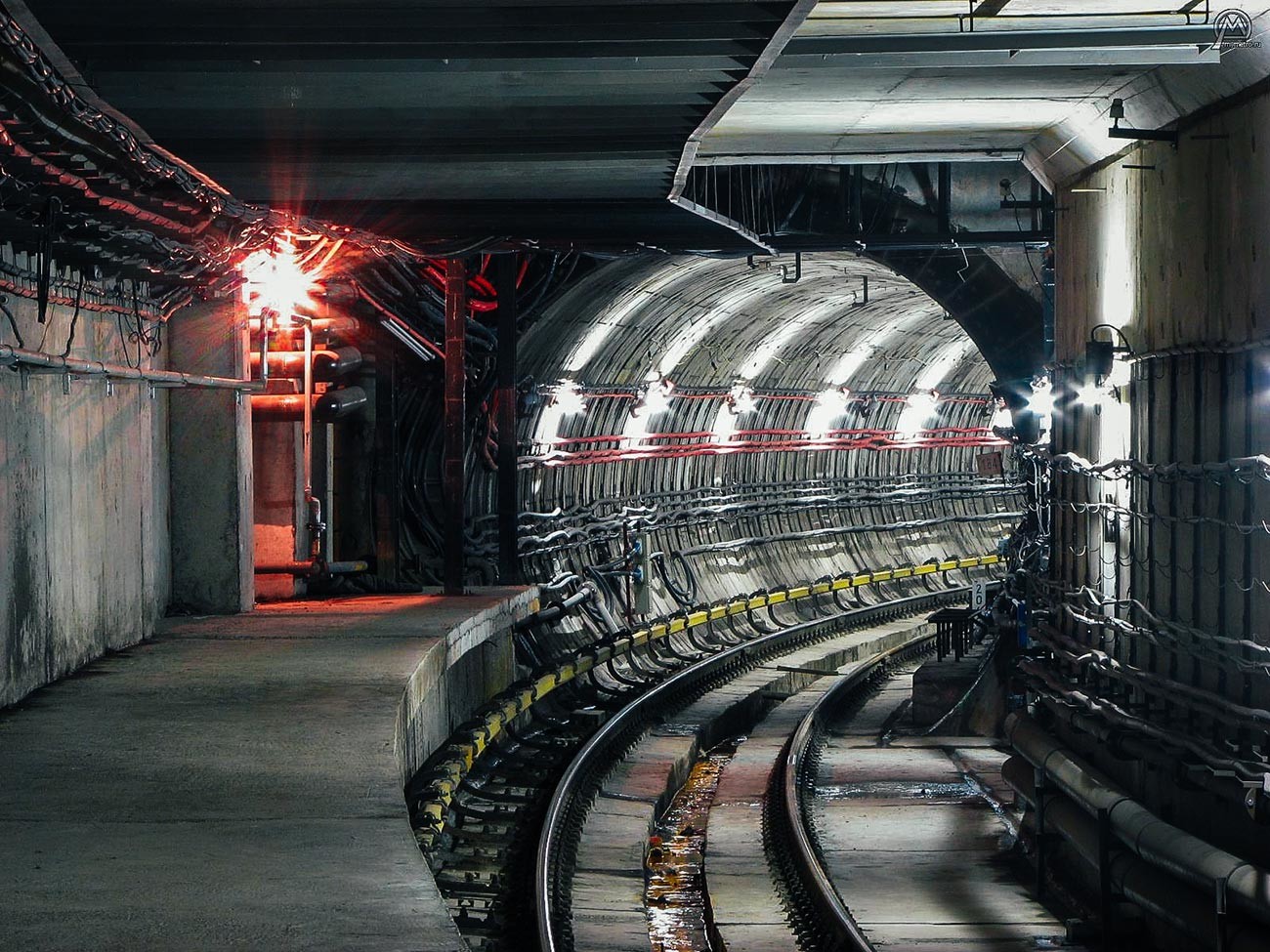
The platform of "Installation D" with an exit
Zemelya/forum.nashtransport.ru‘Installation D’ has two curved 40-meter platforms and a staircase exit above the ground. Underground, it is used for the shift changes of the train crews.
If using any of Russia Beyond's content, partly or in full, always provide an active hyperlink to the original material.
Subscribe
to our newsletter!
Get the week's best stories straight to your inbox